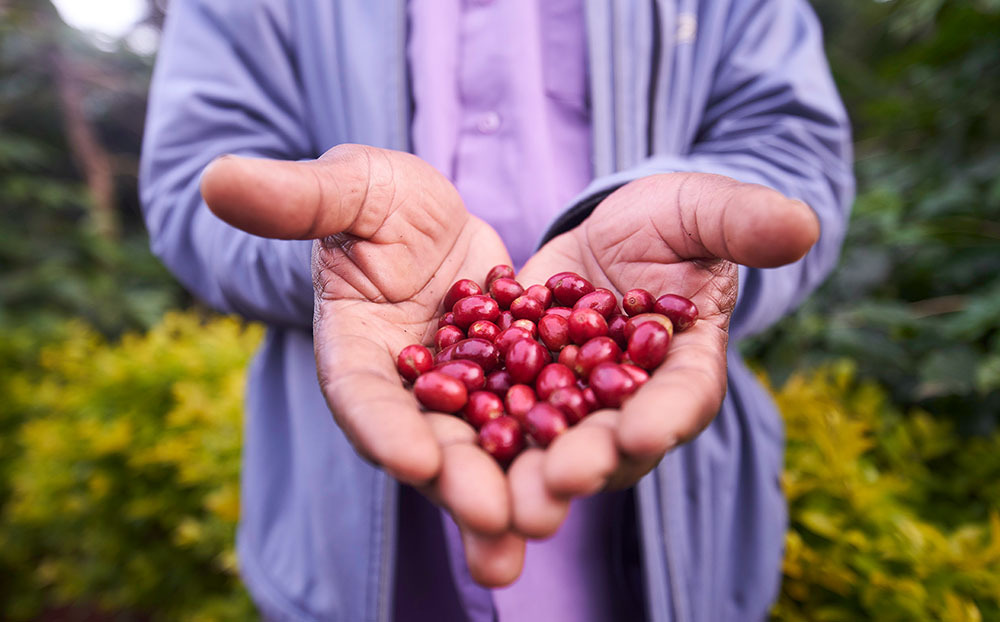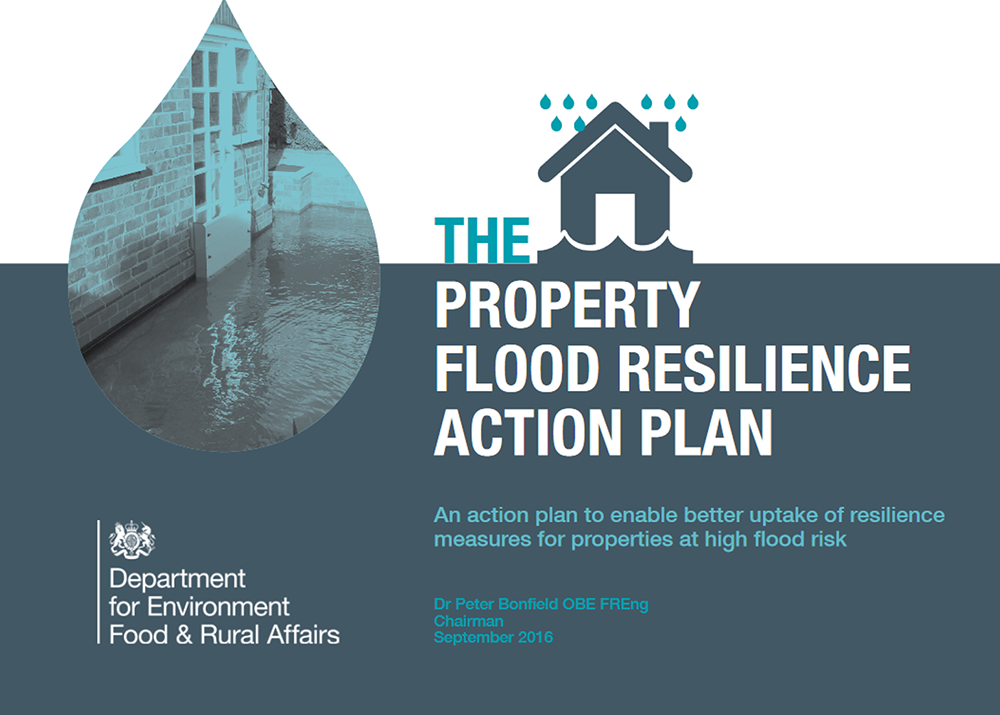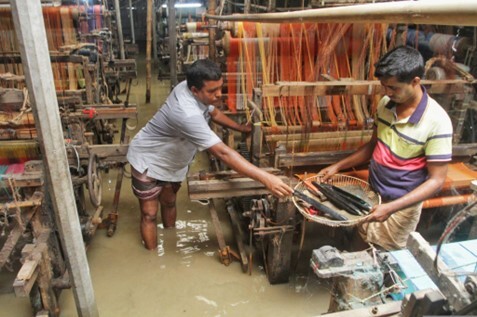
©FAO/Felipe Rodríguez via flicker
Issue
Increased use of pesticides and land use changes by population growth resulted in the disappearance of farming rooted in natural resource cycles
Solution
Through the GIAHS programme, traditional agroforestry systems and mechanisms for the sustainable use of natural resources were recreated
Crisis in the historic agroforestry system
Agroforestry is an ecologically based natural resource management system that diversifies and sustains crop production by planting trees between crop fields and livestock raising areas in farms and landscapes. Agroforestry is a good example of a multi-beneficial nature-based solution (NbS), as it contributes to both biodiversity conservation and climate change measures through forest conservation, while also improving local livelihoods through the production of a variety of agricultural products.
The "Kihamba (Chagga community's home garden)" agroforestry system, which occupies an area of about 120,000 hectares on the southern slopes of Mount Kilimanjaro in Tanzania, at an altitude of 1000 to 1800 meters, maintains one of the highest rural population densities in Africa and provides for the livelihoods of an estimated one million people. It sustains a biodiversity of over 500 species, including 400 non-cultivated plant species. This traditional land use system is said to have originated around the 12th century when banana fields were intercropped with other annual plants such as beans, potatoes and vegetables to provide widely spaced shade trees. Another important feature of Kihamba agroforestry is the construction of traditional canals using water from perennial rivers flowing from the Kilimanjaro montane forests, and the capture of runoff in ditches to ensure proper irrigation management of home gardens.

©FAO/Felipe Rodríguez via flicker
From the 19th century onwards, the introduction of coffee production as a cash crop in the region brought about significant changes in local agriculture. The use of pesticides to increase production efficiency, excessive water abstraction and a reliance on monoculture were not in line with traditional agro-ecological practices. While local communities received the economic benefits of cash crops, the environmental degradation of agroforestry became more serious. In addition, in recent years there has been an increasing tendency for educated young people to migrate to the cities instead of taking up farming, for economic or other reasons, which has led to a lack of human resources for forest management with a proper understanding of the benefits of agroforestry.
GIAHS designation and conservation programme
In 2011, the area was accredited as a Globally Important Agricultural Heritage System (GIAHS), with the aim of passing on the endangered Kihamba agroforestry to future generations. The GIAHS is an initiative launched by the Food and Agriculture Organization (FAO) in 2002 with the aim of establishing a basis for promoting global awareness, conservation and adaptive management of traditional farming systems and their associated landscapes, biodiversity, knowledge systems and cultures.
After the GIAHS designation, the Tanzanian government, with support from the German government and FAO, initiated a programme to conserve traditional Kihamba agroforestry. The programme aimed to assist local communities to maintain their natural resource base, land and crop management practices and knowledge systems, while adapting their systems to current challenges such as climate change.

©FAO/Felipe Rodríguez via flicker
Balancing ecosystem conservation with local livelihoods through the conservation of agroforestry
The unique feature of Kihamba Agroforestry's GIAHS conservation programme is that it aims to combine local ecosystem conservation and livelihood enhancement in a way that is adaptable to modern challenges and needs, while still following traditional farming methods. Specifically, in addition to improving the management of coffee and banana production, the programme introduced new alternative cash crops such as vanilla and watercress in order to increase income, and has also developed a marketing strategy to ensure that they are properly distributed in the market. In the future, new projects such as eco-tourism development and fish farming are being considered as a means of achieving economic development through a more diversified and sustainable use of agroforestry resources. Environmentally-friendly engineering interventions have also been carried out to reinforce and ensure the continued use of the traditional irrigation water supply system. In addition, measures to strengthen the management of agroforestry on the social side included the development of long-term management plans for the area through community agreements based on traditional management systems, documentation of natural, cultural and multiple heritage values, activities to pass on indigenous knowledge systems, and creation of employment opportunities for younger generations. The agroforestry conservation programme aims to protect ecosystems by conserving forests, to adapt to the impact of climate change, mainly drought, by strengthening irrigation water supply systems, and to revitalise local economies by diversifying cash crops and related services.
Apart from site-specific measures, the programme also included activities to recognise and protect the area and its heritage farming practices and resources through national policy and legal measures. Opportunities were also created to raise awareness of the role of the Kihamba agroforestry system among policymakers and the general public through publications and policy workshops, with the aim of raising awareness among policymakers and other stakeholders of the value of this traditional farming system as part of Tanzania's national heritage.
Location




